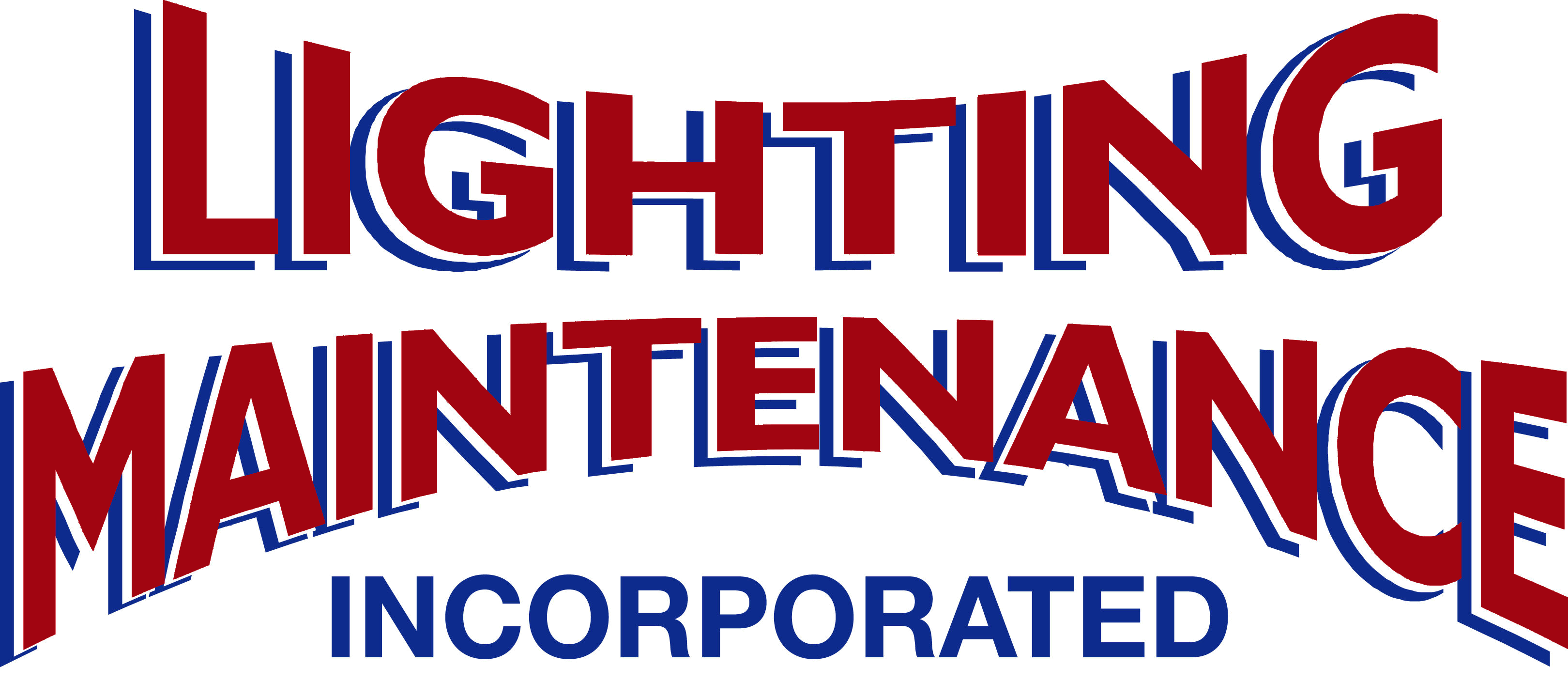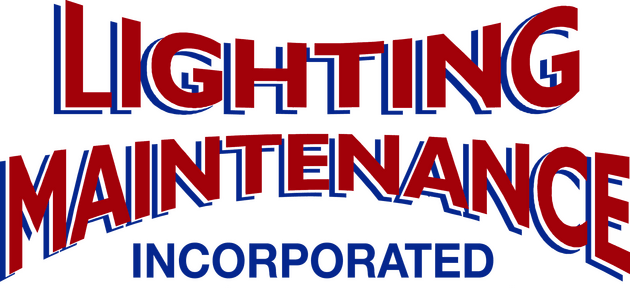02 Mar 5 Ways to Save Money on Your Commercial Electric Bill
Many business owners don’t keep track of how energy is consumed in their office space meaning unnecessary costs are appearing in your budget, and emissions of greenhouse gases and other air pollutants from your company are being emitted on the environment. The United States Environmental Protection Agency states, “that the customer sector accounts for more than a third of U.S. electricity consumption.”
Monitoring and understanding your business energy costs with important attention to lighting and heating, ventilation, and air conditioning is an important practice to implement into your monthly routine. There are many simple, effective changes you can make that influence both short-term and long-term savings.
Get an Energy Audit
A great place to start before your audit is with the EPA’s set of online tools under the Energy Star program that assists users in keeping track of a business’s energy and water use. From there, hiring a company to complete an energy audit is a great way to help you figure out where your money is going each month and how to increase energy efficiency with a lower bill being the optimal result. According to the United States Department of Energy, the typical steps for an audit are as follows:
- Collect/Analyze historical energy use data
- Study building and operating trends
- Collect building information and consult with staff/occupants
- Identify potential modifications to reduce energy and cost
- Perform engineering and economic analysis
- Prepare a prioritized list of recommendations
- Report Results
Keep in mind, many lighting and utility companies offer free energy audits as it acts as an opportunity to establish baseline goals with potential and established clients. At the conclusion of the audit, you will receive suggestions of where you can improve lighting and energy use in your property as well as see maintenance needs and money spent decrease substantially.
Purchase Energy-Efficient Office Equipment
Transitioning your office equipment to Energy Star-labeled options will enable your company to run more efficiently as these items power down during inactivity periods allowing for a decrease in overall energy use. Utilizing energy-efficient items and monitoring their total use is an important practice to incorporate into your daily routine as you won’t end up paying for electricity you’re not even using. Many other areas can have a positive influence on energy-efficiency.
- Reduce Paper Usage
- Rechargeable Batteries
- Change to LED Bulbs
- Use Power Strips
Install Motion Sensors and Automatic Dimmers
Upon establishing the areas of your office that are more frequently utilized versus the areas that are not, it may be beneficial to investigate other cost-saving lighting options. Motion sensors are an excellent option for hallways, meeting spaces, break rooms, and bathrooms. Along with motion sensors, installing automatic dimming controllers allows employees to adjust the room to their desired level of lighting, which is also cost saving in the grand scheme of things.
If making this transition, be sure to check the sensitivity of the device as some areas may require a higher detection rate than others depending on the level of traffic the area experiences throughout the workday. For example, if there’s a storage area that employees frequently enter, the sensors should have the ability to detect large movements different than the sensor capabilities for an area where an employee sits at their desk, typing, resulting in the need for detection of small actions.
Utilize Programmable Thermostats
Upgrading to a programmable thermostat always gives business owners the capability to alter the temperature of your workplace automatically. Adapting this practice allows you to have more control over AC and heat use by establishing a regular schedule of when the AC or heat will turn on or turn off along with many other benefits.
- Temperature Consistency
- Remote Temperature Control
- Locked Settings
- Zoned Heating and Cooling
Take Advantage of Natural Sunlight
Minimize the amount of time you’re utilizing additional lighting by opening the blinds around your workspaces; sunshine acts as an excellent source of natural light. During the warmer months, block sunlight through windows on the east and west sides of your property and allow sunlight to come through unobstructed south-facing windows in the colder seasons.
Additionally, be conscious of areas throughout your office that could be overly lit as these situations can cause headaches, glare, and eyestrain for your employees. Ultimately, you’ll likely see a decrease in your monthly heating and cooling bill, as well as an increase in your overall employee productivity. Many employees that work in an environment with elevated natural light have reported several health improvements in their professional and personal lives.
- Boost in Happiness
- Reduced Stress
- Higher Productivity
- Increased Alertness
- Better Sleep
- Feeling Healthier
- Rise in Engagement Levels
- Increased Overall Company Revenue
Begin Mastering Your Electric Bill
Becoming aware of how your office utilizes energy and recognizing where you could improve is the first step to transitioning to lower energy costs. Start by scheduling an energy audit to identify problem areas in your company. Upon completion of the inspection, review your results, and begin utilizing Energy Star labeled equipment, programmable thermostats, motion sensors, and automatic dimmers. There are many different options available for business owners, so use your resources and pick the best appliances for your office space.
Along with these improvement areas, never forget the power of natural light. If your office has a lot of windows or skylights, utilize them to your utmost advantage. Not only is this a great way to decrease the amount of time overhead lights and additional lighting sources are being used, it can also reduce the frequency of heating and cooling cycles. There is no time like the present to start making conscious changes to promote the health of our environment and decrease your monthly utility bill. Call us today.




